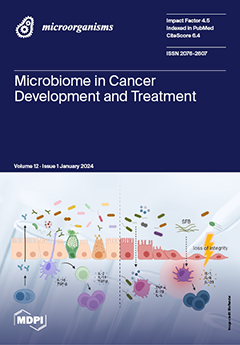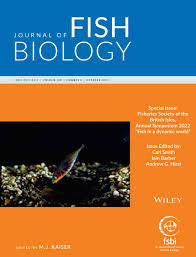Aksel Bernhoft, Helga R. Høgåsen, Grethe Rosenlund, Lada Ivanova, Marc H. G. Bernfssen, Jan Alexander, Gunnar Sundstøl Eriksen, Christiane Kruse Fæste
Tissue distribution and elimination of deoxynivalenol and ochratoxin A in dietary-exposed Atlantic salmon (Salmo salar)

Abstract
Post-smolt Atlantic salmon (Salmo salar) were fed standard feed with added 2 or 6 mg kg–1 pure deoxynivalenol (DON), 0.8 or 2.4 mg kg–1 pure ochratoxin A (OTA), or no added toxins for up to 8 weeks. The experiments were performed in duplicate tanks with 25 fish each per diet group, and the feed was given for three 2-h periods per day. After 3, 6 and 8 weeks, 10 fish from each diet group were sampled. In the following hours after the last feeding at 8 weeks, toxin elimination was studied by sampling three fish per diet group at five time points. Analysis of DON and OTA in fish tissues and plasma was conducted by liquid chromatography-mass spectrometry and high-pressure liquid chromatography with fluorescence detection, respectively. DON was distributed to the liver, kidney, plasma, muscle, skin and brain, and the concentrations in liver and muscle increased significantly from 3 to 8 weeks of exposure to the high-DON diet. After the last feeding at 8 weeks, DON concentration in liver reached a maximum at 1 h and decreased thereafter with a half-life (t1/2) of 6.2 h. DON concentration in muscle reached a maximum at 6 h and was then eliminated with a t1/2 = 16.5 h. OTA was mainly found in liver and kidney, and the concentration in liver decreased significantly from 3 to 8 weeks in the high-OTA group. OTA was eliminated faster than DON from various tissues. By using Norwegian food consumption data and kinetic findings in this study, we predicted the human exposure to DON and OTA from fish products through carryover from the feed. Following a comparison with tolerable daily intakes, we found the risk to human health from the consumption of salmon-fed diets containing maximum recommended levels of these toxins to be negligible.

